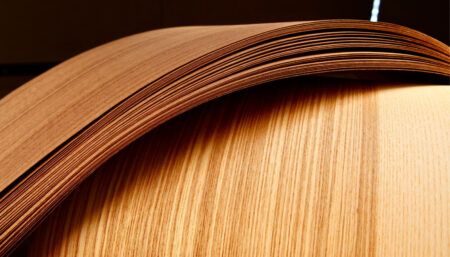Chris Hearne, vice president of jets and interior engineering at Textron Aviation, discusses the cabin design process
What is your starting point in designing a business jet cabin?
The most important driver of our design process is understanding how the customer will experience the aircraft. From the cockpit to the cabin, we concentrate on comfort features that add to the travel experience, aligned with the human interface at each touch point. Viewing all the inputs that impact the features and how passengers interface with those features from the beginning allows us to embrace a holistic design from day one. For example, with the Citation Latitude, you will see subtleties with the accent lighting and advances in climate control and seat design which are all accessible through the touch of a button on a passenger’s tablet or smartphone. Our philosophy is to not only create features that provide comfort and efficiency, but to simplify how passengers enjoy those features.
How do the design, engineering and manufacturing departments work together?
We have a seamless process with integrated manufacturing, design and engineering teams working together from the beginning of a project. There is no handing off of a baton – we’re all committed to the same exceptional standard of quality from the outset. For instance, the design team may come up with 20-30 sketches in conjunction with the engineering team, making recommendations on angles and weights while the manufacturing teams make recommendations about seamless installation.
Everything is considered early on in the process. Getting all the areas of the business to understand the ongoing use and operation of the aircraft up-front helps drive value for the customer, who will enjoy the product for years to come, and it will ultimately simplify their ownership experience.
What are your considerations in designing seats?
We focus a lot on the seats because that’s where passengers spend so much of their time. My team has a real passion for making the seats as comfortable as possible. We research different foams, their structures and how they wear over time – these are all key considerations in making a luxurious seat. The team’s passion is evident in the new seat designs now featured on the Citation Latitude, Citation Sovereign+ and Citation X+.
We are also investing in adding enhanced seat technology for the Citation light jets; adding seemingly simple features such as lumbar support, leg rests and swivel greatly enhances a passenger’s flight experience.
 The Citation Latitude has just received FAA certification. What comfort features are in that cabin?
The Citation Latitude has just received FAA certification. What comfort features are in that cabin?
The Citation Latitude features a sleek, sophisticated cabin design. Newly designed lighting schemes, combined with optimized window placement, window size and lighted rings, allow customers to control the environment for productivity or relaxation. These features are controlled through Cessna’s Clairity wireless CMS.
Other examples of features that boost the cabin experience include state-of-the-art speakers, a spacious lavatory, and intuitive and accessible storage throughout the cabin. Smart storage is an important trend in our cabin designs.
Is there a trend to simplify or reduce complexity?
Citations are known for embracing innovation and new technologies to elevate the customer experience while simplifying the passenger interface and ongoing operation of the aircraft. The Citation Latitude achieves that perfect balance of comfort and efficiency.
What will be the next innovation in terms of controlling the cabin?
There is a lot of new technology just coming into business aviation that has to this point been embraced by, for instance, the automotive industry. An easy example is Bluetooth functionality. Think about the ways your automotive experience is changing and it’s not difficult to spot trends we can expect to see in future generations of business jets.
Are you actively looking at new innovations?
Innovation drives our teams every day. We are inspired by our design team’s dreams and challenged to help make these dreams come true.
This interview was conducted in May 2015. Click here to read a full feature on the Citation Latitude.





